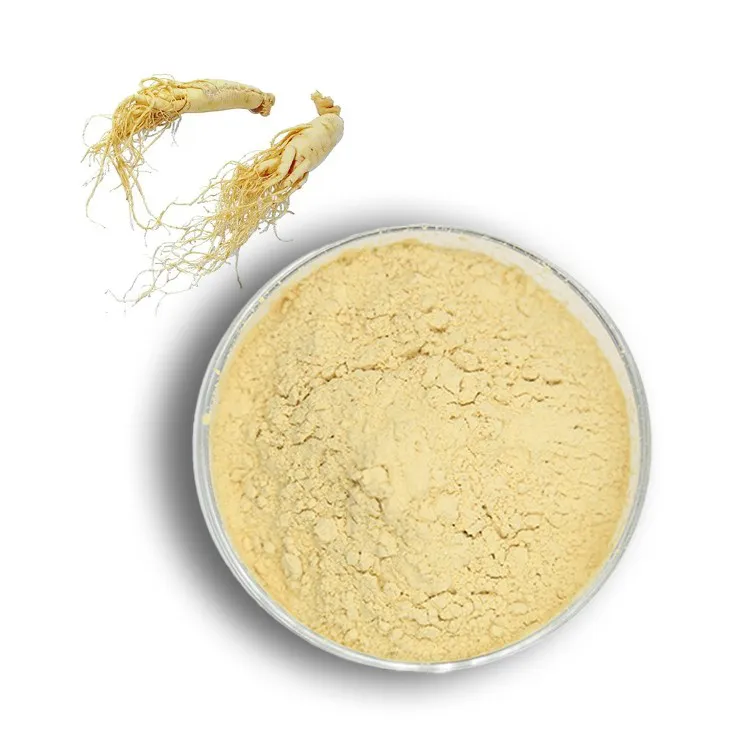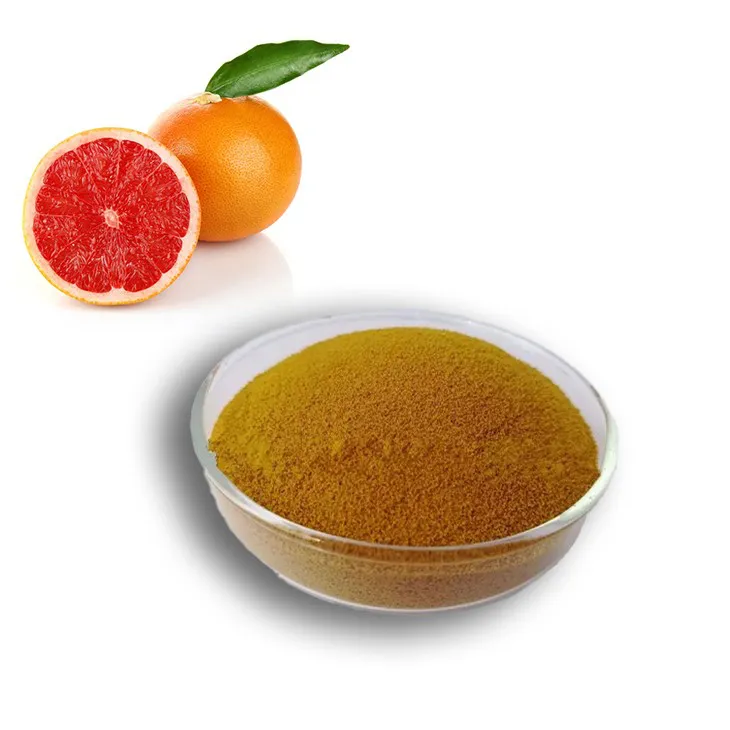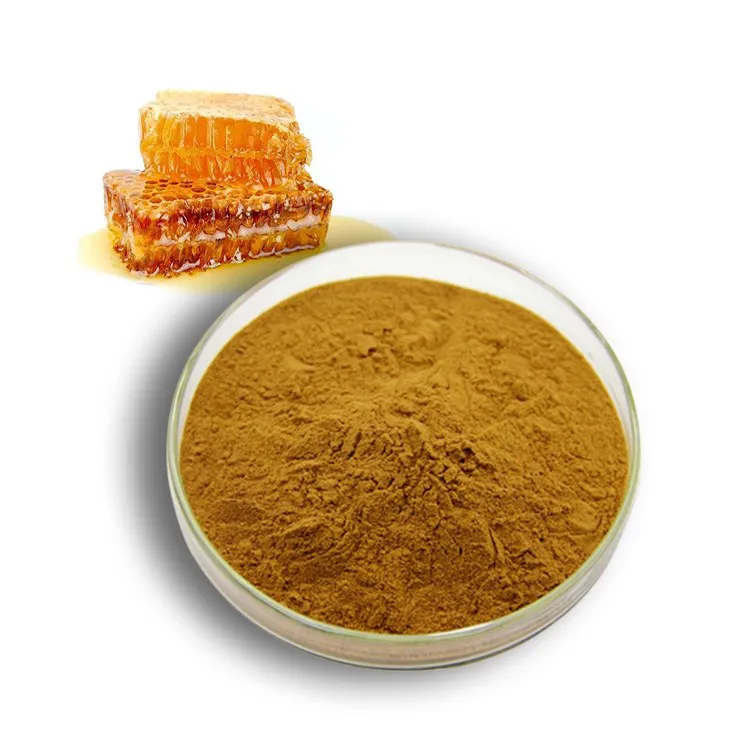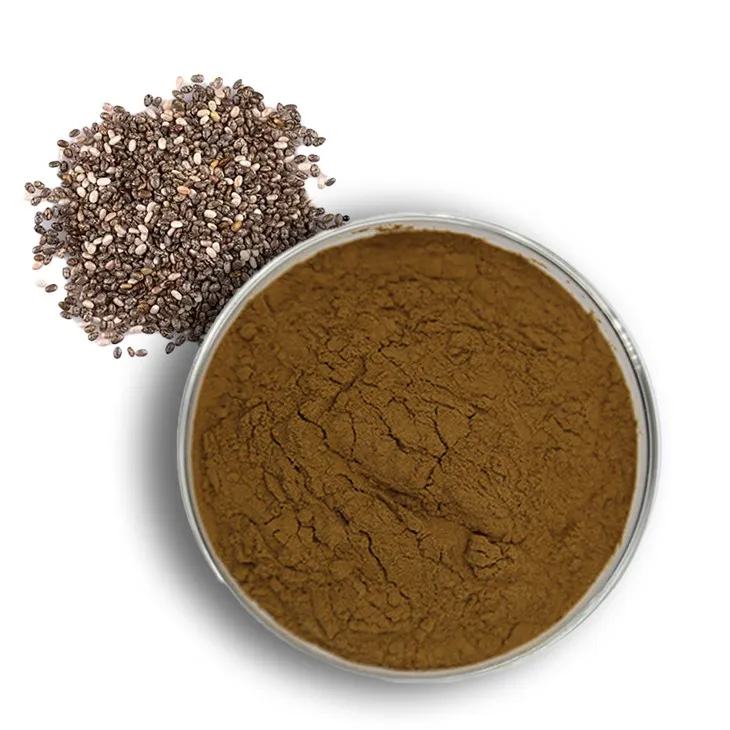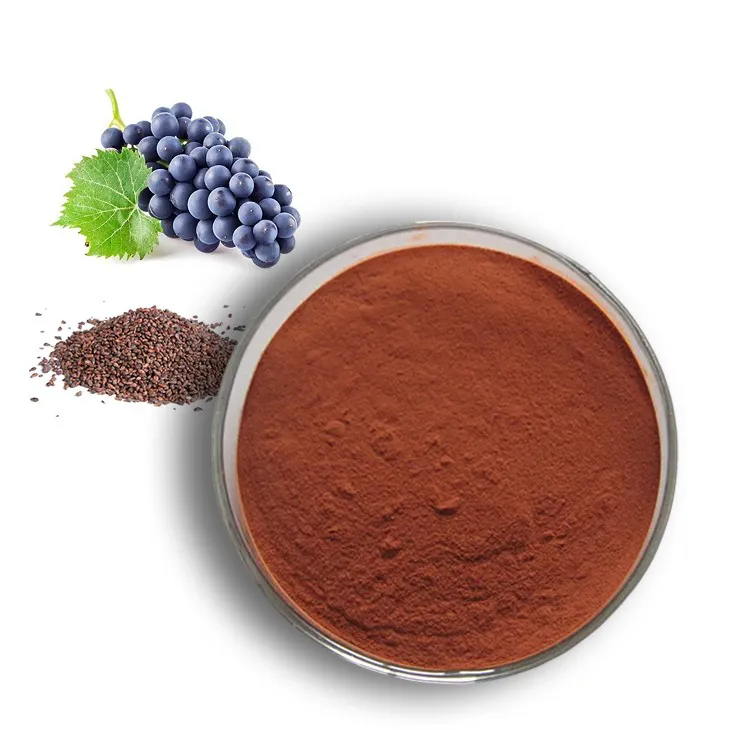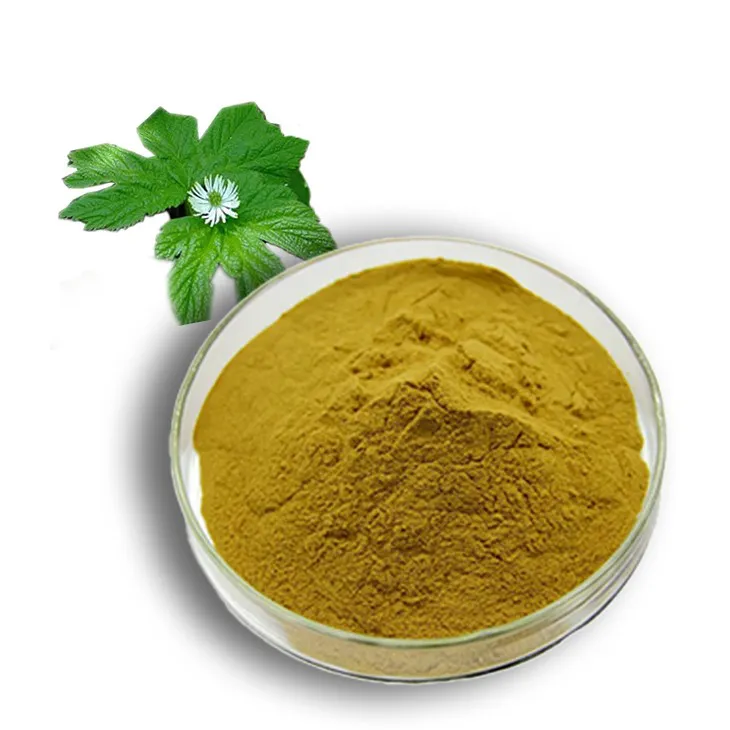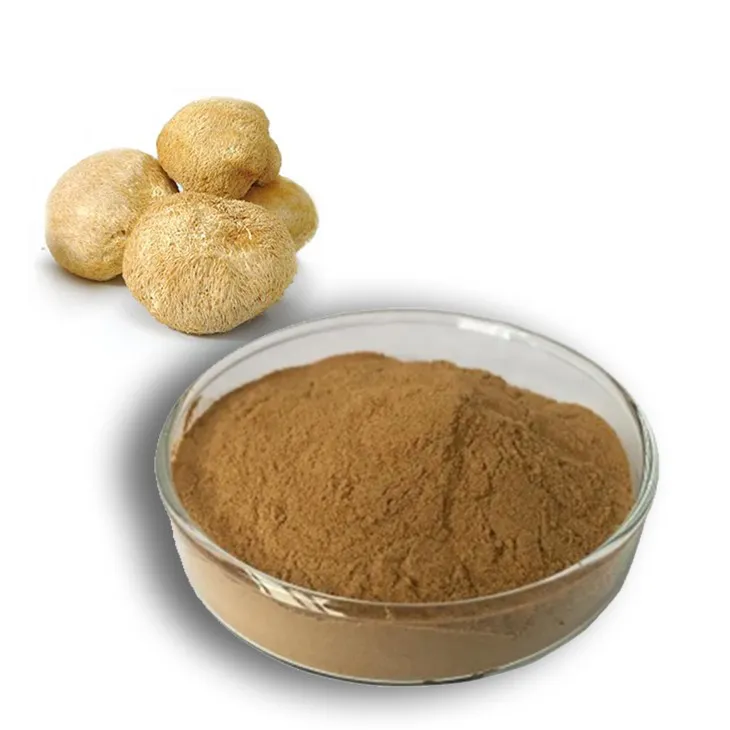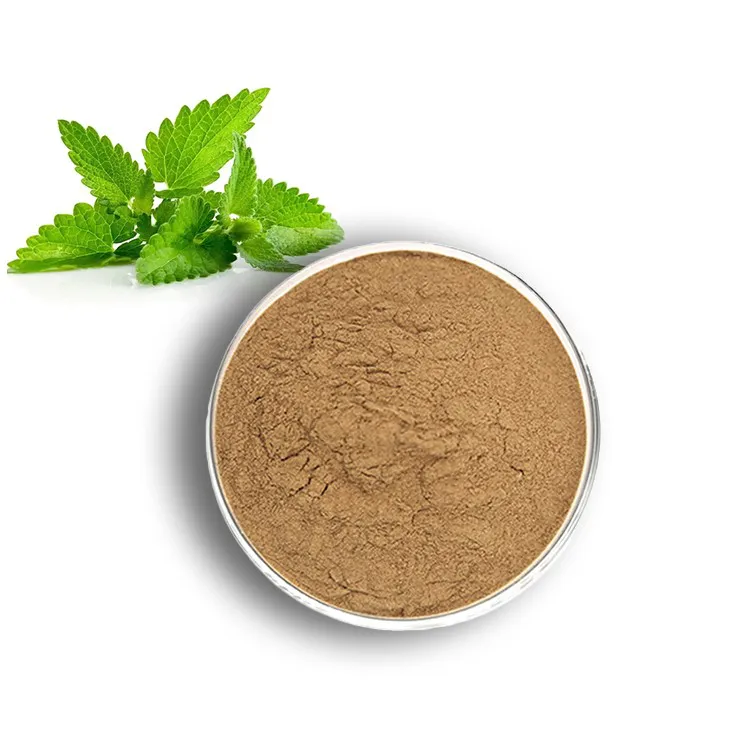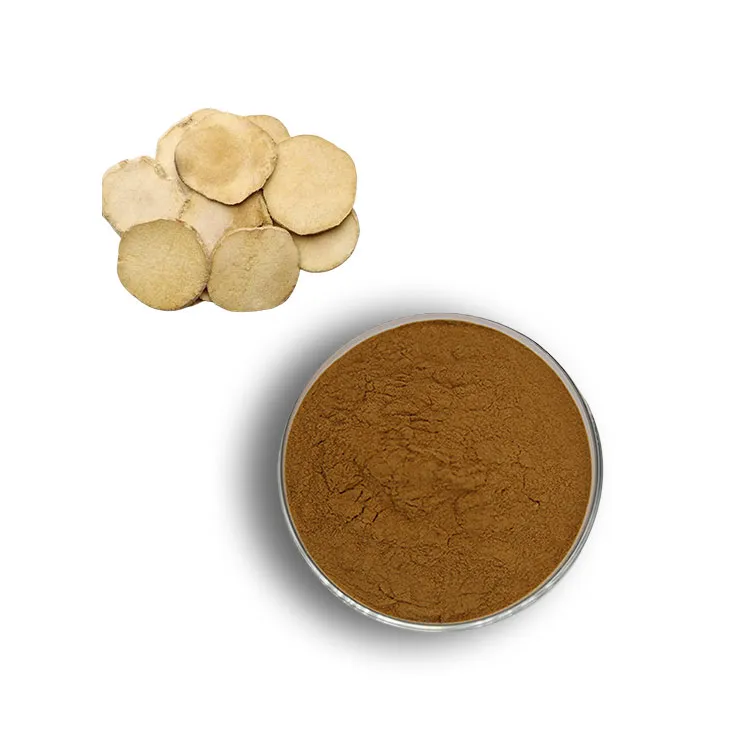- 0086-571-85302990
- sales@greenskybio.com
Safety First: A Look at Regulations and Considerations for Plant Extracts
2024-07-18
1. Introduction
Plant extracts have become an integral part of numerous industries, including the food, pharmaceutical, cosmetic, and dietary supplement sectors. Their popularity stems from the natural origin and the potential health benefits they are believed to possess. However, ensuring the safety of plant extracts is not a straightforward matter. There are multiple factors at play, and regulatory frameworks are in place to oversee their use. This article will delve into these regulations and the various considerations that are crucial for the safe use of plant extracts.
2. Regulatory Frameworks
2.1. Food Industry
In the food industry, regulations for plant extracts are designed to protect consumers from potential harm. Food safety agencies around the world have set standards for the use of plant extracts as food additives, flavorings, or ingredients. For example, in the European Union, the European Food Safety Authority (EFSA) is responsible for evaluating the safety of plant extracts used in food. EFSA assesses factors such as the source of the plant, the extraction method, and the potential presence of contaminants. The agency requires that plant extracts meet certain purity and safety criteria before they can be approved for use in food products.
In the United States, the Food and Drug Administration (FDA) regulates plant extracts in food. The FDA has a set of regulations that govern the use of these extracts, including requirements for good manufacturing practices (GMPs). GMPs ensure that plant extracts are produced in a clean, controlled environment to minimize the risk of contamination. Additionally, the FDA has specific guidelines for the labeling of food products containing plant extracts, which must accurately disclose the ingredients and any potential allergens.
2.2. Pharmaceutical Industry
The pharmaceutical industry has even more stringent regulations for plant extracts. Since plant - based drugs and medications are used for treating various diseases and medical conditions, safety is of utmost importance. In most countries, plant extracts used in pharmaceuticals must go through a rigorous approval process. For instance, in the United States, the FDA requires extensive pre - clinical and clinical trials for plant - derived drugs. These trials are designed to evaluate the efficacy and safety of the extracts, including potential side effects and interactions with other medications.
Similarly, in the European Union, the European Medicines Agency (EMA) oversees the approval of plant - based pharmaceuticals. The EMA requires that pharmaceutical companies provide detailed information about the plant source, extraction methods, chemical composition, and quality control measures for plant extracts. This information is used to assess the safety and effectiveness of the extracts in treating specific medical conditions.
2.3. Cosmetic Industry
The cosmetic industry also has regulations regarding plant extracts. While the requirements may not be as strict as in the pharmaceutical industry, consumer safety is still a top priority. In the European Union, the Cosmetics Regulation applies to products containing plant extracts. This regulation requires that cosmetic products be safe for human use and that manufacturers ensure the safety of the ingredients, including plant extracts. Manufacturers are required to conduct safety assessments, taking into account factors such as the source of the plant, the extraction method, and the potential for skin irritation or allergic reactions.
In the United States, the FDA regulates cosmetics, although the regulatory framework is less comprehensive compared to the EU. The FDA has the authority to take action against cosmetic products that are misbranded or pose a risk to consumers. Cosmetic companies using plant extracts are expected to follow good manufacturing practices and ensure the safety of their products.
2.4. Dietary Supplement Industry
The dietary supplement industry has seen a significant growth in the use of plant extracts. In the United States, dietary supplements are regulated under the Dietary Supplement Health and Education Act (DSHEA). Under DSHEA, manufacturers are responsible for ensuring the safety of their products. However, the regulatory requirements are not as strict as for pharmaceuticals. Manufacturers are required to have evidence of the safety of the plant extracts they use, but they do not need to obtain pre - market approval from the FDA. This has led to some concerns about the safety and quality of dietary supplements containing plant extracts.
In the European Union, dietary supplements are regulated as food supplements. The same safety requirements that apply to food ingredients also apply to plant extracts used in dietary supplements. This includes ensuring that the extracts are free from contaminants and that their use does not pose a risk to consumers.
3. Considerations for Sourcing
The source of plant extracts is a crucial factor in ensuring their safety. Sustainable sourcing is becoming increasingly important, not only for environmental reasons but also for the quality and safety of the extracts. When sourcing plants for extraction, several factors need to be considered.
-
Geographical origin: Different regions may have different environmental conditions, which can affect the chemical composition of the plants. For example, plants grown in polluted areas may contain higher levels of heavy metals or other contaminants. Therefore, it is important to source plants from areas with clean environments and low pollution levels.
-
Cultivation methods: Organic cultivation methods are generally preferred as they minimize the use of pesticides and fertilizers, which could potentially contaminate the plants. Plants grown using sustainable and organic methods are more likely to be free from harmful chemicals.
-
Species identification: Accurate species identification is essential to ensure that the correct plant is being used for extraction. Some plants may have look - alikes that could be toxic or have different chemical properties. Using the wrong species could lead to safety issues.
4. Extraction Methods
The extraction method used for plant extracts can have a significant impact on their safety and quality. There are several common extraction methods, each with its own advantages and potential risks.
4.1. Solvent Extraction
Solvent extraction is a widely used method. However, the choice of solvent is critical. Some solvents, such as hexane and chloroform, are potentially toxic. If not completely removed during the extraction process, these solvents can contaminate the plant extract and pose a risk to consumers. Therefore, when using solvent extraction, it is important to use food - grade or pharmaceutical - grade solvents and ensure that all traces of the solvent are removed through proper purification processes.
4.2. Steam Distillation
Steam distillation is a popular method for extracting essential oils from plants. This method is generally considered safe as it uses steam as the extracting agent. However, there are still some considerations. For example, high - temperature steam can sometimes cause thermal degradation of certain plant compounds, which could affect the quality and efficacy of the extract. Additionally, if the plant material contains contaminants, they may be carried over into the extract during the distillation process.
4.3. Supercritical Fluid Extraction
Supercritical fluid extraction, often using carbon dioxide as the supercritical fluid, is a relatively new and "cleaner" extraction method. It has the advantage of being able to operate at lower temperatures, which helps to preserve the integrity of the plant compounds. However, this method requires specialized equipment and expertise, and there are still some potential risks associated with the handling of supercritical fluids.
5. Potential Contaminants
Plant extracts can be contaminated with various substances, which pose a risk to their safety. Identifying and controlling these contaminants is an important part of ensuring the safety of plant extracts.
5.1. Heavy Metals
Heavy metals such as lead, mercury, and cadmium can contaminate plants, especially if they are grown in polluted soil or water. These heavy metals can have toxic effects on the human body, affecting various organs and systems. To prevent heavy metal contamination, it is important to source plants from clean environments and to conduct regular testing for heavy metals in plant extracts.
5.2. Pesticides and Herbicides
If plants are not grown organically, they may be treated with pesticides and herbicides. Residual pesticides and herbicides in plant extracts can be harmful to human health. Therefore, it is necessary to ensure that plants are grown using sustainable and low - pesticide methods, and that any residues are within safe limits. This may require testing of plant extracts for pesticide and herbicide residues.
5.3. Microbial Contamination
Plant extracts can also be contaminated with microorganisms such as bacteria, fungi, and molds. Microbial contamination can occur during the growth, harvesting, or extraction process. For example, if plant materials are not dried properly before extraction, they may be prone to fungal growth. Microbial contamination can lead to spoilage of the extract and, in some cases, pose a risk of infection or allergic reactions to consumers. To prevent microbial contamination, good agricultural and manufacturing practices should be followed, including proper handling, storage, and sterilization of plant materials and extracts.
6. Conclusion
In conclusion, plant extracts are valuable resources in various industries, but ensuring their safety is a complex task. Regulatory frameworks play a crucial role in safeguarding the use of plant extracts, but there are also many considerations at the production level, such as sourcing, extraction methods, and contaminant control. By understanding and adhering to these regulations and considerations, industries can ensure that plant extracts are safe for consumers and can continue to benefit from the unique properties of these natural substances.
FAQ:
1. What are the main regulatory bodies for plant extracts?
There are several regulatory bodies around the world that oversee plant extracts. In the United States, the Food and Drug Administration (FDA) plays a major role. The FDA regulates plant extracts in terms of food additives, dietary supplements, and pharmaceuticals. In the European Union, the European Food Safety Authority (EFSA) is responsible for evaluating the safety of plant extracts used in food and feed. Additionally, individual countries may have their own regulatory agencies or departments that enforce specific regulations related to plant extracts.
2. How does the sourcing of plant materials affect the safety of plant extracts?
The sourcing of plant materials is crucial for the safety of plant extracts. If plants are sourced from contaminated areas, such as those exposed to heavy metals, pesticides, or industrial pollutants, these contaminants can end up in the extract. Also, misidentification of plant species during sourcing can lead to the use of the wrong plant, which may have different chemical compositions and potential safety risks. Sourcing from reliable and sustainable suppliers who follow good agricultural and collection practices helps to ensure the safety and quality of the plant materials used for extraction.
3. What are the common extraction methods for plant extracts and how do they impact safety?
Common extraction methods for plant extracts include solvent extraction, steam distillation, and supercritical fluid extraction. Solvent extraction uses solvents like ethanol or hexane. If the solvents are not completely removed during the extraction process, they can remain in the extract and pose a safety risk. Steam distillation is generally considered a safer method as it uses steam to extract volatile compounds. However, improper operation can lead to the degradation of some compounds. Supercritical fluid extraction, often using carbon dioxide, is a relatively clean method. But, the equipment and process need to be carefully controlled to ensure consistent quality and safety of the extract.
4. How are potential contaminants in plant extracts identified and controlled?
Potential contaminants in plant extracts can be identified through various analytical methods. For example, chromatographic techniques such as high - performance liquid chromatography (HPLC) and gas chromatography (GC) can be used to detect chemical contaminants. Microbiological tests are carried out to identify the presence of harmful bacteria, fungi, or their toxins. To control contaminants, strict quality control measures are implemented during the sourcing, extraction, and processing of plant extracts. This includes proper cleaning of plant materials, use of clean equipment, and following good manufacturing practices to minimize the risk of contamination.
5. Why is it necessary to have strict safety measures for plant extracts?
It is necessary to have strict safety measures for plant extracts because they are used in a wide range of applications. In the food and beverage industry, plant extracts are used as flavorings, colorants, and functional ingredients. In the pharmaceutical and nutraceutical industries, they are used for their potential therapeutic effects. If plant extracts are not safe, they can cause adverse health effects such as allergic reactions, toxicity, or interactions with medications. Also, in international trade, strict safety measures ensure that products meet the quality and safety requirements of different countries.
Related literature
- Regulatory Aspects of Plant Extracts in the Food Industry"
- "Safety Evaluation of Plant Extracts: Current Practices and Future Directions"
- "The Impact of Sourcing on the Quality and Safety of Plant - based Extracts"
- ▶ Hesperidin
- ▶ Citrus Bioflavonoids
- ▶ Plant Extract
- ▶ lycopene
- ▶ Diosmin
- ▶ Grape seed extract
- ▶ Sea buckthorn Juice Powder
- ▶ Fruit Juice Powder
- ▶ Hops Extract
- ▶ Artichoke Extract
- ▶ Mushroom extract
- ▶ Astaxanthin
- ▶ Green Tea Extract
- ▶ Curcumin
- ▶ Horse Chestnut Extract
- ▶ Other Product
- ▶ Boswellia Serrata Extract
- ▶ Resveratrol
- ▶ Marigold Extract
- ▶ Grape Leaf Extract
- ▶ New Product
- ▶ Aminolevulinic acid
- ▶ Cranberry Extract
- ▶ Red Yeast Rice
- ▶ Red Wine Extract
-
Ginseng Root Extract
2024-07-18
-
Grapefruit Seed Extract Powder
2024-07-18
-
Cranberry Extract
2024-07-18
-
Propolis Extract Powder
2024-07-18
-
Chia Seed Powder
2024-07-18
-
Natural grape seed extract
2024-07-18
-
Golden Seal Extract
2024-07-18
-
Hericium erinaceus extract powder
2024-07-18
-
Lemon Balm Extract
2024-07-18
-
Alisma Extract
2024-07-18











